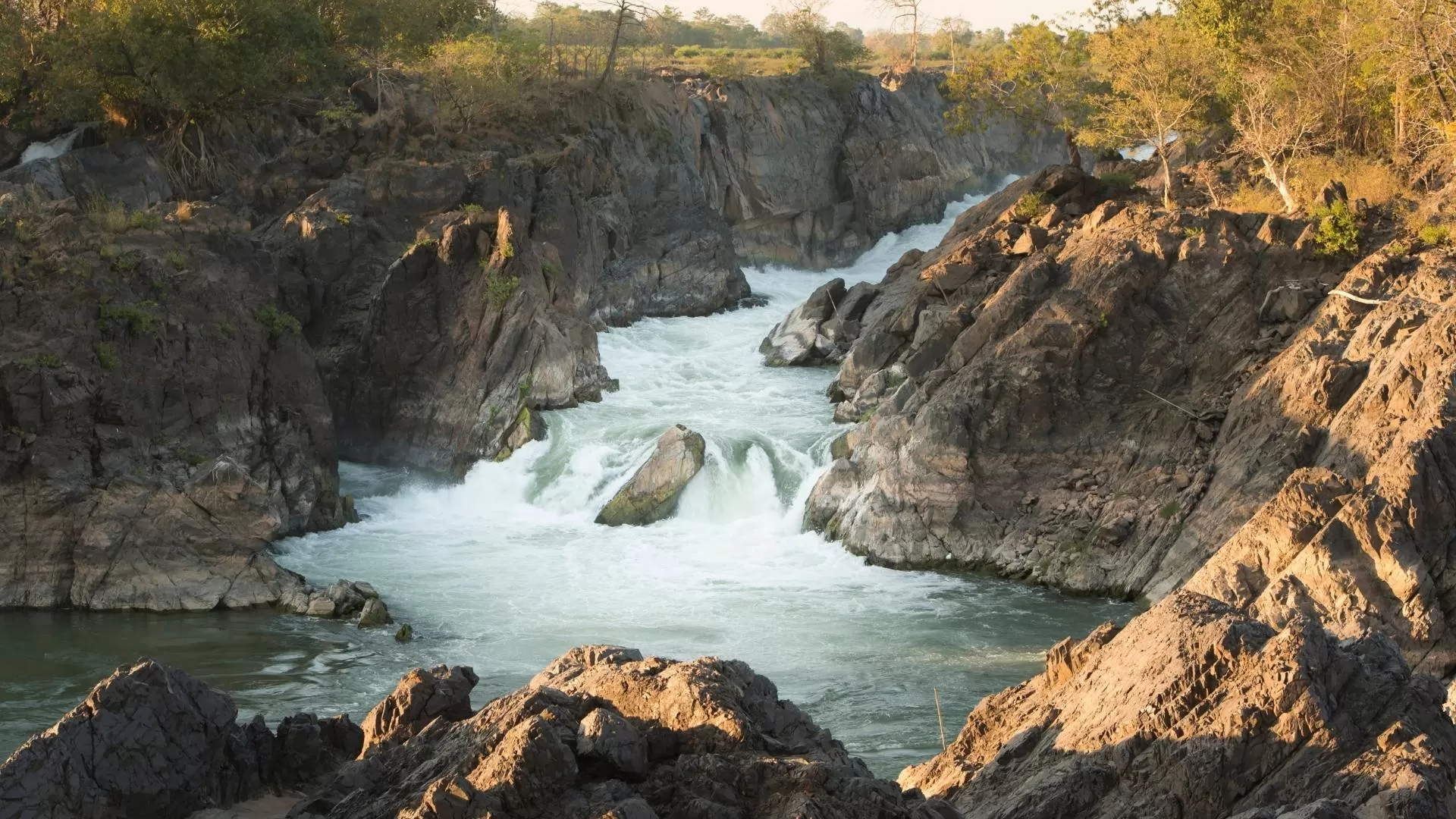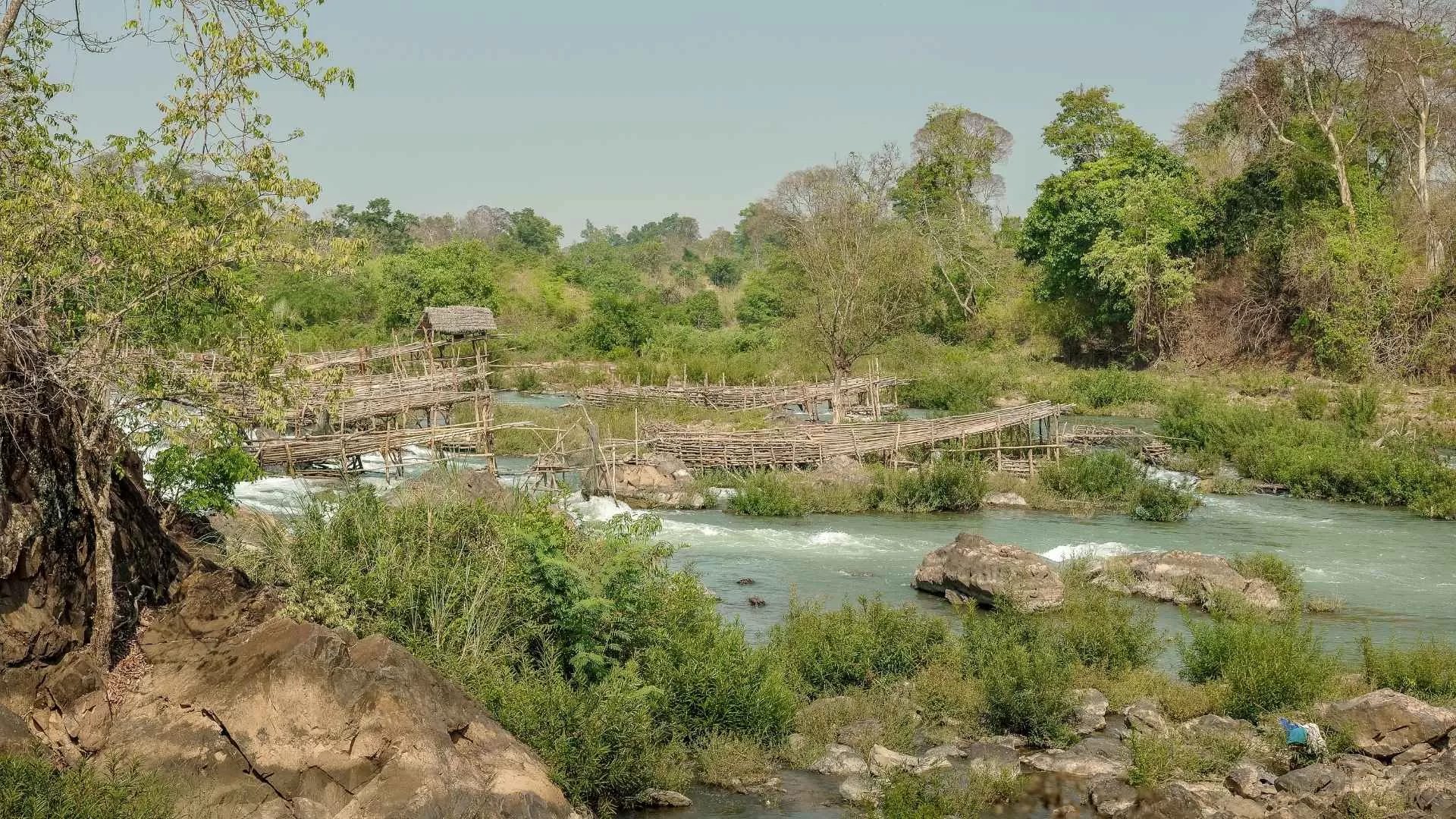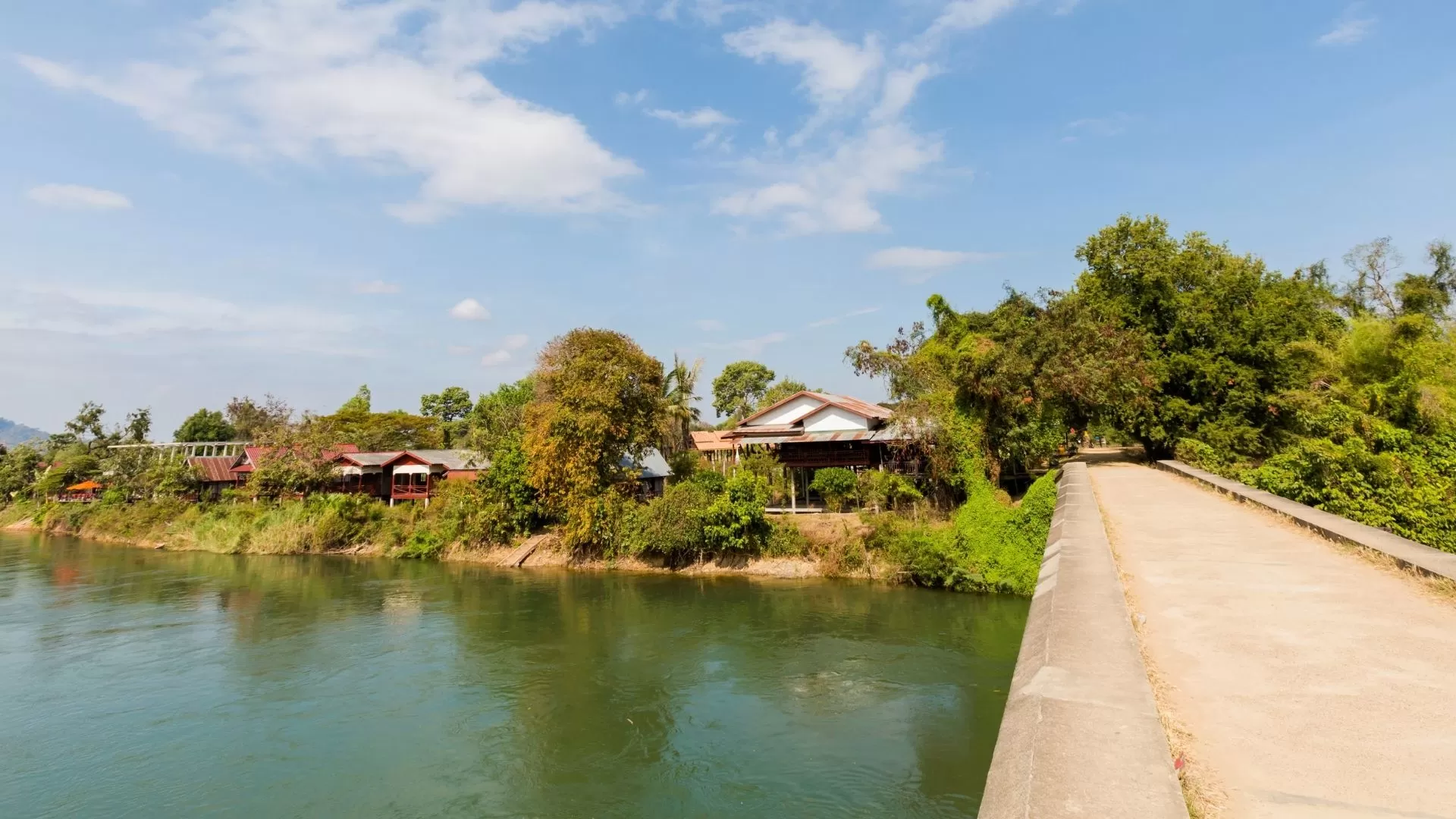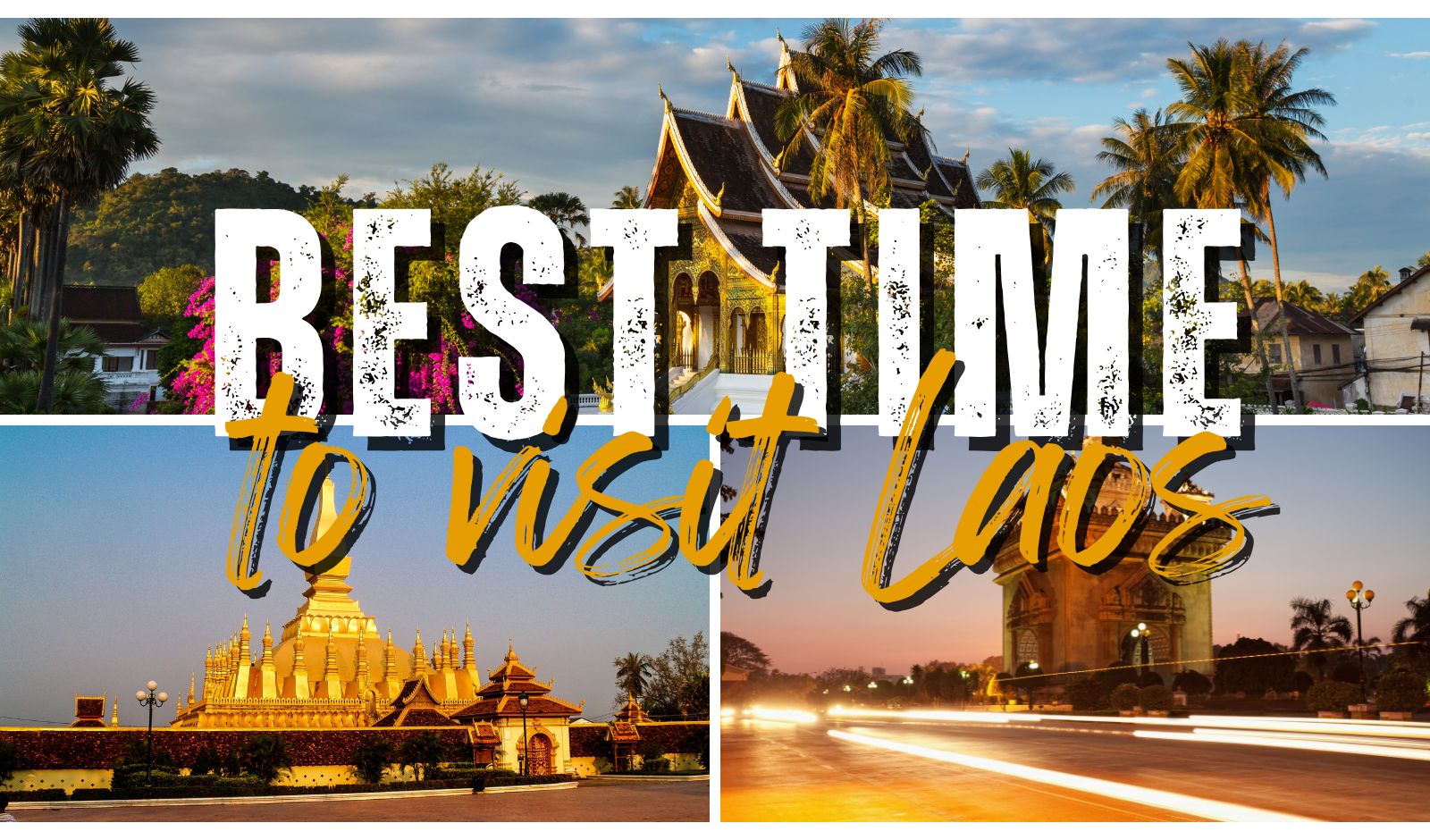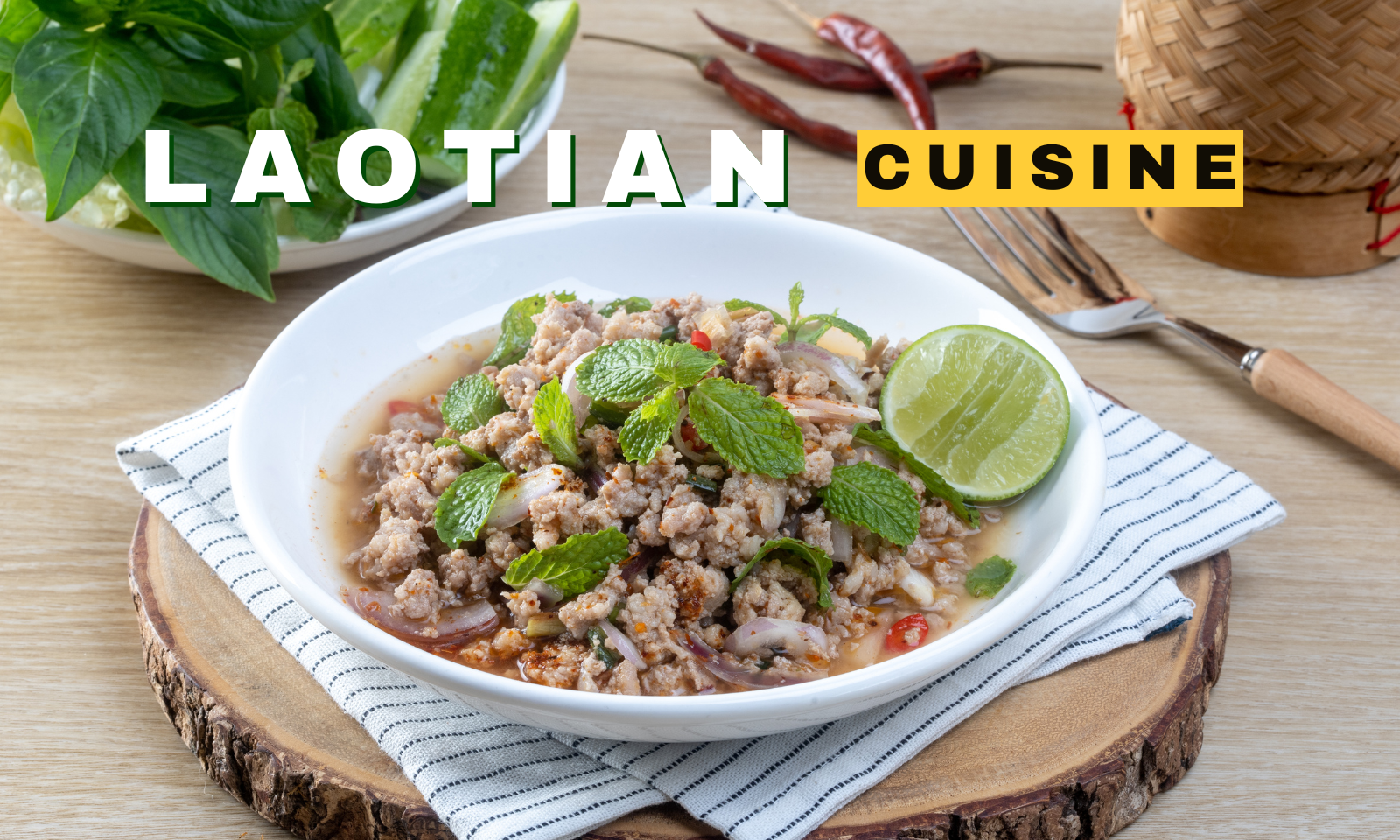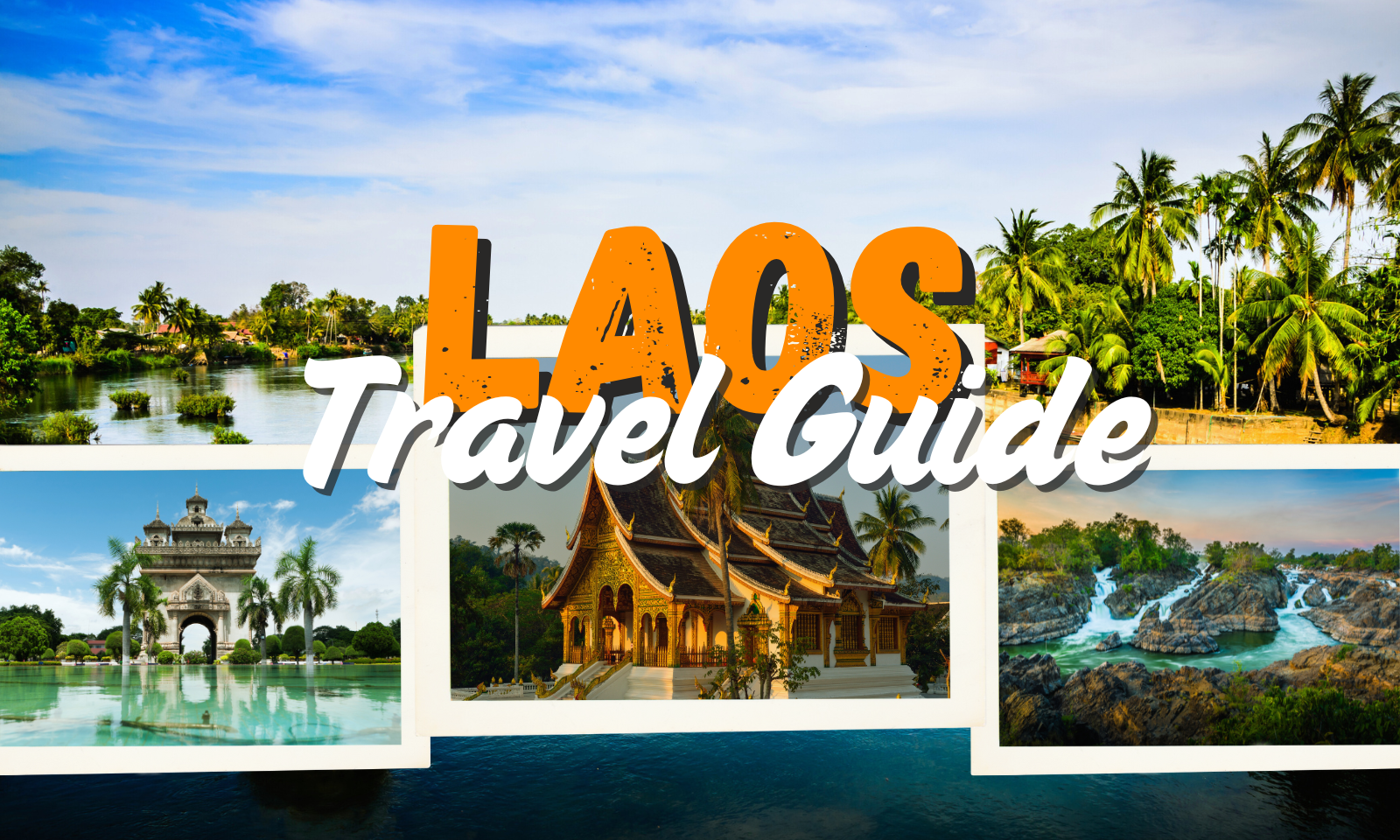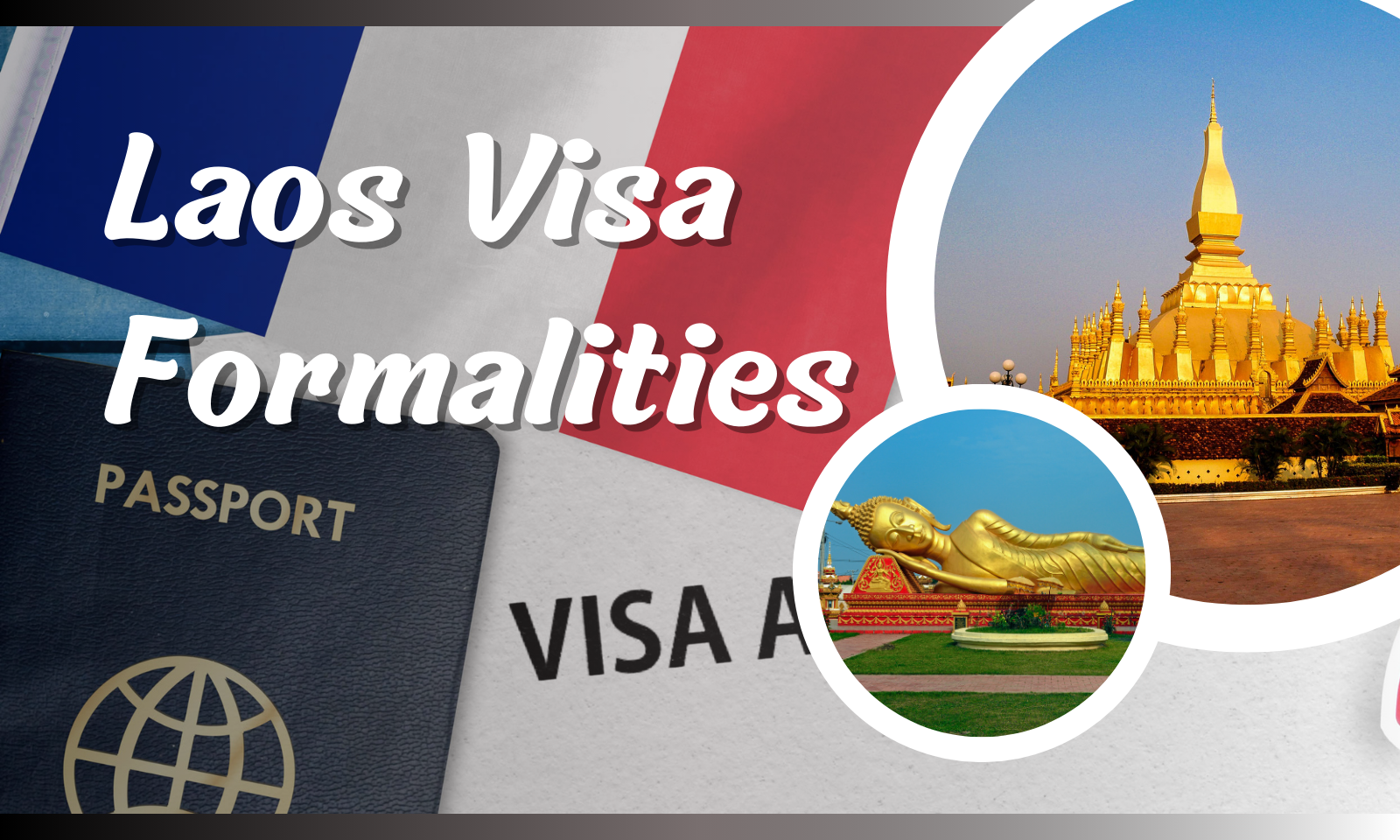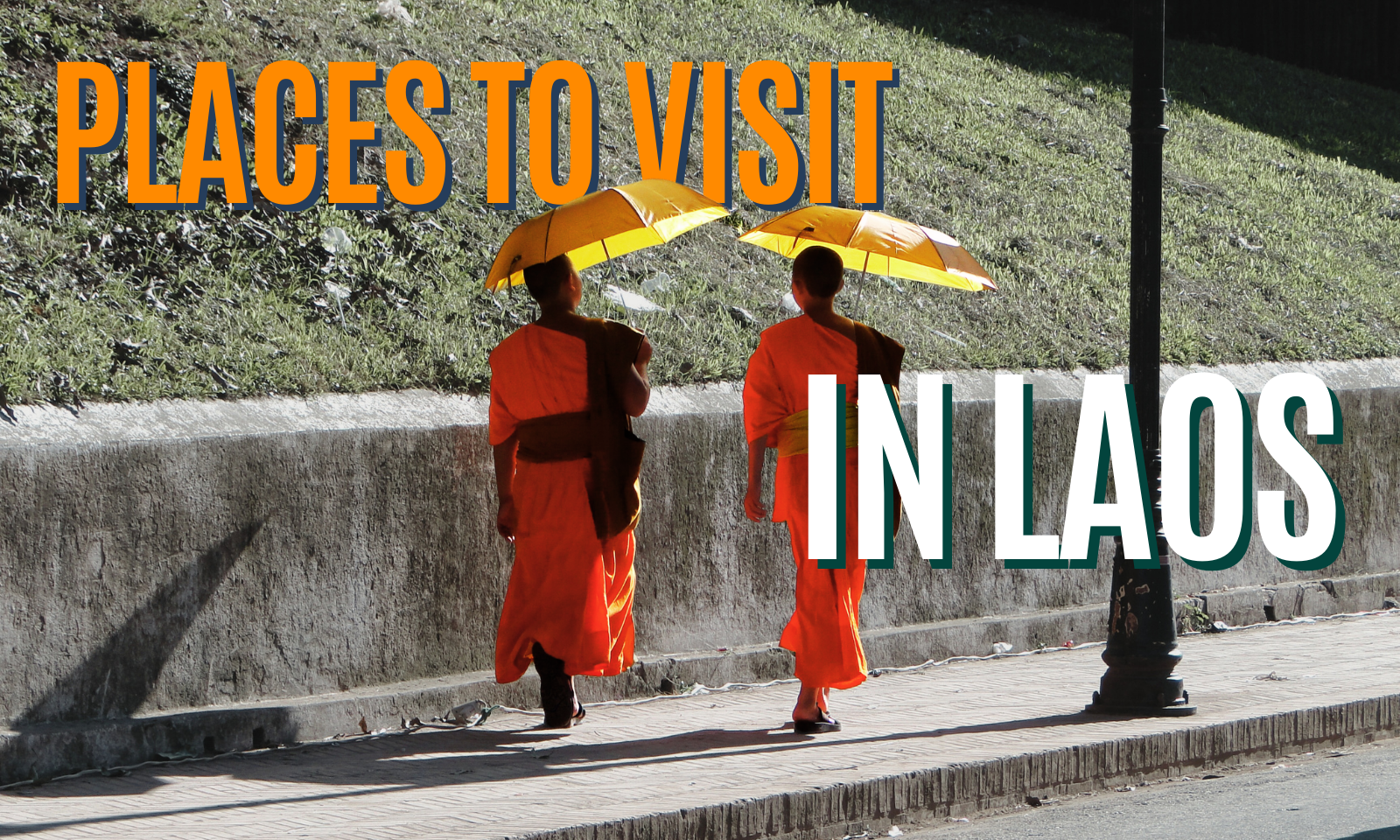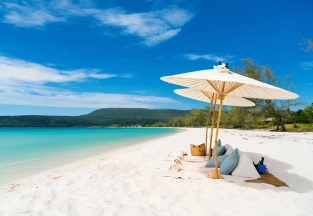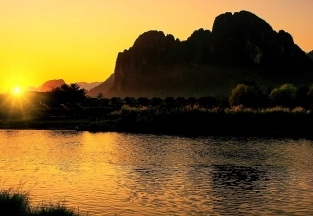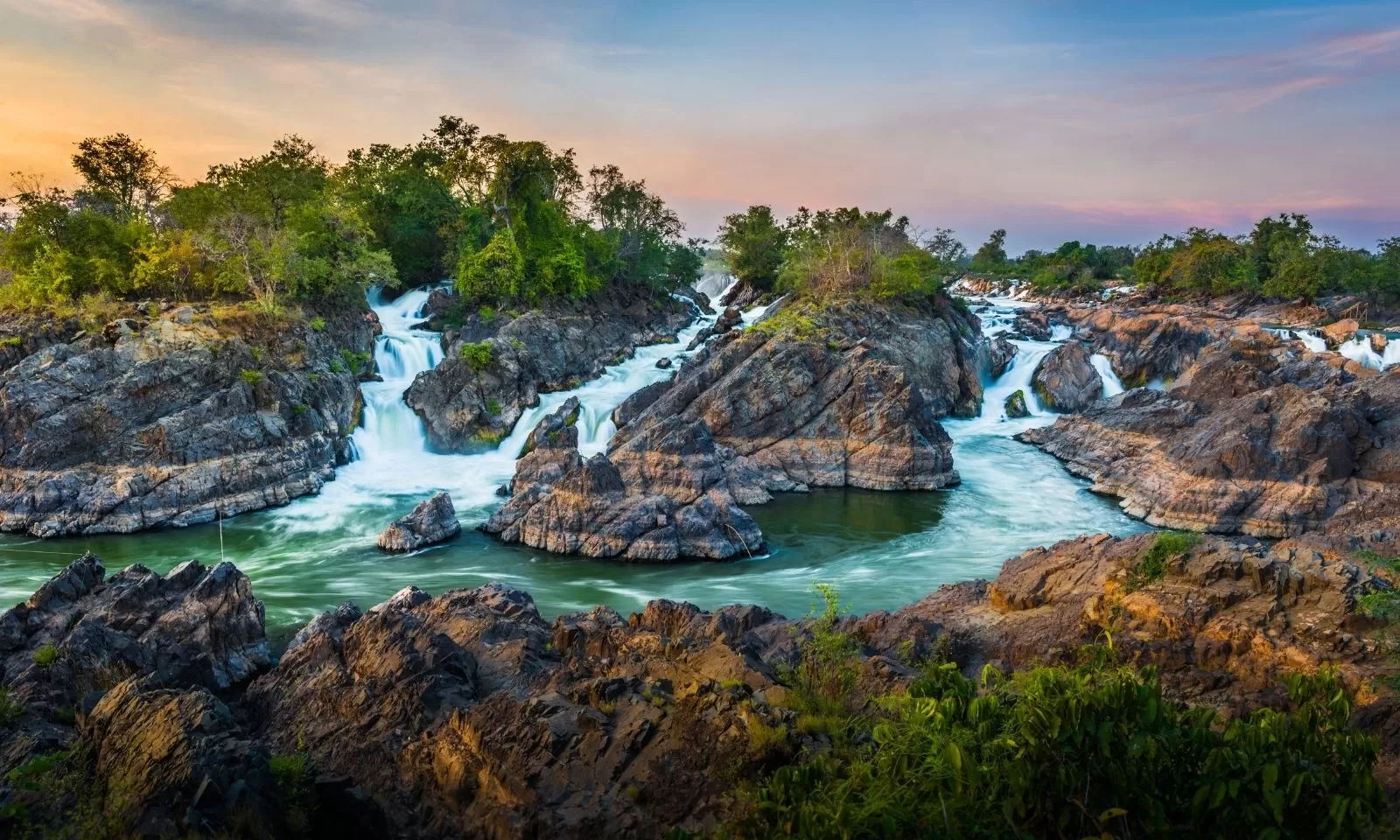
4000 island

4000 Islands - Laos' hidden riverside paradise
.webp)
Set along the tranquil stretches of the Mekong River in southern Laos, the 4000 Islands (Si Phan Don) offer a rare glimpse into a slower, more peaceful way of life. Scattered across shimmering waters, these islands blend pristine nature, timeless river culture, and gentle rhythms that make every traveler feel far removed from the modern rush.
Natural wonder: Thousands of small islands, emerald waterways, and powerful waterfalls shape one of Laos’ most unique landscapes.
Authentic culture: Experience laid-back island life, local fishing traditions, and rustic villages on Don Det and Don Khon.
Adventure and serenity: Cycle through rice fields, kayak the Mekong, and witness the thundering Khone Phapheng Falls — the largest in Southeast Asia.
Wild encounters: Catch a rare glimpse of the endangered Irrawaddy dolphins as they play in the calm waters of the Mekong.
What to see and do in the 4000 Islands
|
|
|
|
|
Discover the magic of southern Laos, where lush islands and the mighty Mekong create a perfect blend of nature and culture.
Don’t miss these highlights:
Explore Don Det and Don Khon – Connected by a French-built bridge, these twin islands offer the best of both worlds: Don Det’s backpacker vibe and Don Khon’s tranquil villages. Rent a bicycle to explore peaceful paths, rice paddies, and riverside views.
Marvel at Li Phi Falls (Tat Somphamit) – Located on Don Khon, this series of waterfalls showcases the power and beauty of the Mekong as it crashes through rocks and tropical greenery.
Witness Khone Phapheng Falls – The most powerful waterfall in Southeast Asia, this roaring cascade is a must-see natural wonder. Panoramic viewpoints and nearby food stalls make it a great spot for a half-day trip.
Go dolphin watching – Take a boat trip near Don Khon or Don San to spot the rare Irrawaddy dolphins, known for their rounded heads and gentle movements. Early morning tours offer the best chances of sightings.
Experience local life and cuisine – Visit traditional fishing villages, watch locals weaving or tending rice fields, and enjoy simple yet flavorful dishes like laap, grilled fish, and tam mak hoong by the river.
Essential travel tips for an unforgettable 4000 Islands adventure
Peaceful and unspoiled, Si Phan Don rewards travelers who seek authenticity and connection with nature. Here are some key tips to make your journey smooth and memorable.
Best time to visit: From November to April, the dry season brings cooler weather and easy travel between islands. The rainy months (May–October) reveal the Mekong at its most powerful, with waterfalls in full flow and lush green scenery.
How many days to stay: Spend 2 to 4 days soaking in island life — cycling between Don Det and Don Khon, relaxing by the river, and exploring nearby waterfalls and villages.
How to get there and around: Most visitors start from Pakse, about 150 km north. Buses or minibuses take you to Nakasong village, where boats ferry passengers across to Don Det or Don Khon. Once there, get around by bicycle, on foot, or by local boat.
Hanoi Voyages recommends: Pack light clothing for the tropical heat, sturdy sandals for cycling, mosquito repellent, sunscreen, and a reusable water bottle. Bring cash, as ATMs are limited on the islands.
Cultural etiquette: Respect local customs — dress modestly, remove shoes before entering homes or temples, and always ask before photographing people. Supporting local businesses helps sustain the island communities.
Si Phan Don offers an escape into a peaceful, untouched part of Laos, where time seems to slow down, and nature takes center stage. Whether you’re exploring the islands by bike, watching the Khone Phapheng Falls roar, or searching for Irrawaddy dolphins in the Mekong, the 4000 Islands provide a unique and unforgettable experience. With Hanoi Voyages, drift through this riverine paradise — where every island tells a story, and every sunset paints a new memory.
Travel Guide
Exciting trip
Treasures of Laos Cambodia 22 days: discover from Luang Prabang and Kamu Lodge’s charm to Angkor’s wonders ending with beach

